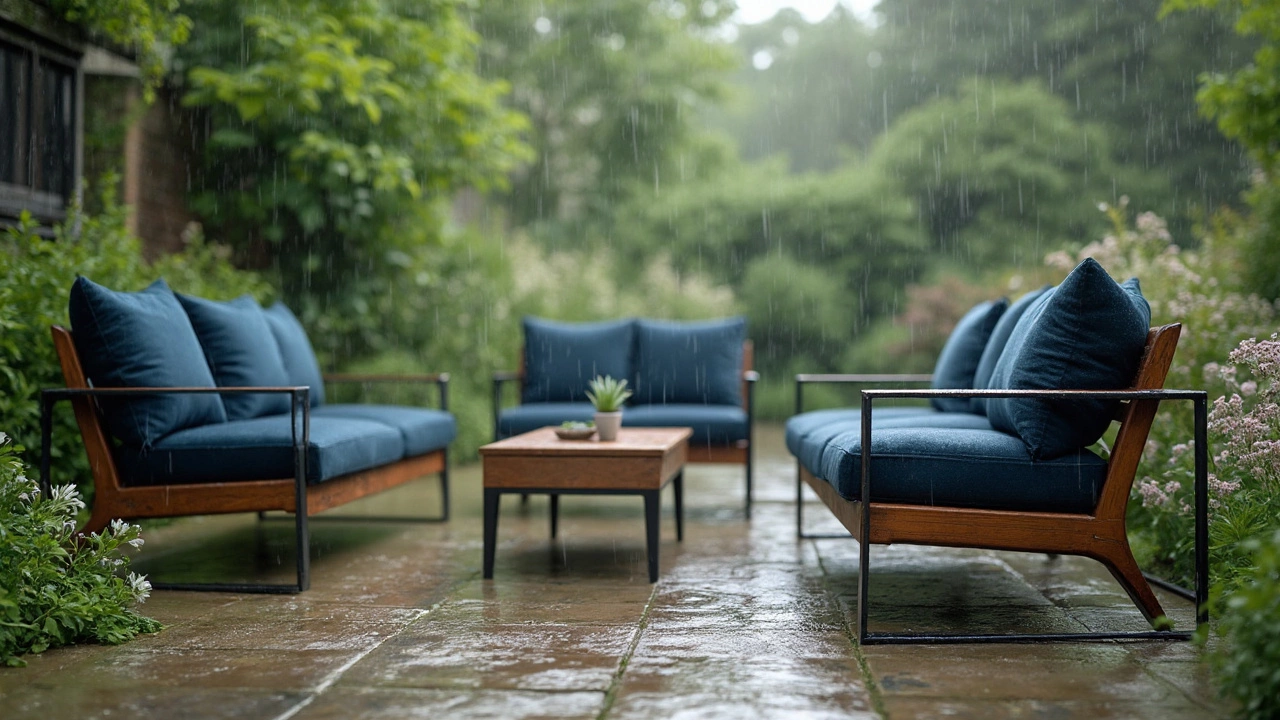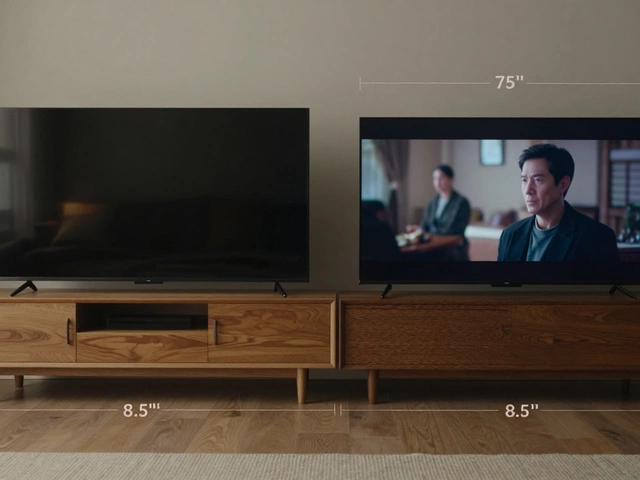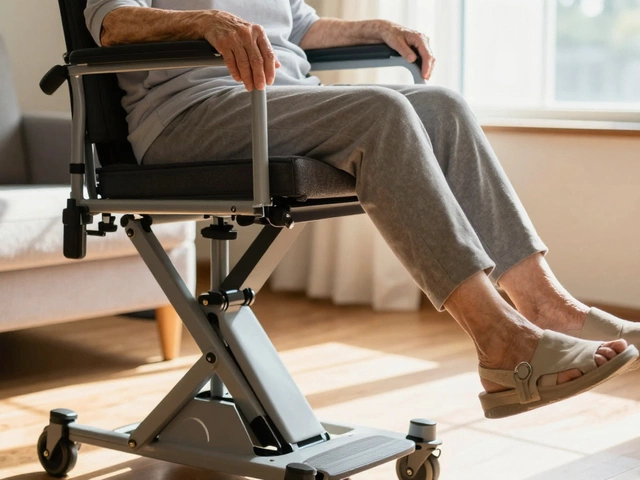Rainproof Materials: What Works Best for Outdoor Spaces
Did you know most cheap patio sets start to rot after just one rainy season? If you’ve ever watched a garden chair swell, warp, or splinter, you know the frustration. The good news is you don’t have to settle for “just okay.” Picking the right rainproof material can save you time, money, and a lot of hassle.
Below you’ll find the most reliable options, why they perform, and quick ways to keep them looking new. No jargon, just straight‑forward advice you can act on today.
Top Materials That Repel Rain
Aluminium frames are lightweight, rust‑free, and handle daily downpours without a sweat. Look for powder‑coated finishes – the coating locks out moisture and UV rays, so the colour stays bright for years.
Teak wood is a classic. Its natural oils push water out, and when the surface dries, the wood returns to its original state. If you want a darker look, a single coat of outdoor oil seals the surface without trapping moisture.
Synthetic wicker (resin) mimics the look of rattan but won’t soak up water. It dries instantly, resists mildew, and can be cleaned with a hose. Choose UV‑stabilised resin for extra protection against sun fading.
High‑density polyethylene (HDPE) fabric is common in patio cushions and umbrellas. It’s water‑proof, breathable, and dries in minutes. Some brands add mildew inhibitors for added peace of mind.
Polypropylene rope and mesh are perfect for garden furniture that needs flexibility. The material won’t rot, and it stays strong even after repeated wetting.
When you compare these options, think about the vibe you want, budget, and how much maintenance you’re ready to do. Aluminium and HDPE are low‑maintenance, while teak gives a warm look but needs occasional oiling.
Keeping Rainproof Items in Top Shape
Even the toughest material benefits from a little care. Here’s a quick routine:
- Dry off excess water after heavy rain – a quick wipe with a cloth prevents mineral spots.
- Apply a protective spray to aluminium or resin once a year. It adds a fresh barrier without changing the colour.
- Re‑oil teak every six months if you like the rich honey tone. A thin coat is enough – too much can trap moisture.
- Store cushions inside or use a waterproof cover during long periods of wet weather. This stops mold from forming inside the foam.
- Inspect joints and screws quarterly. Tighten any loose parts to keep the frame stable against wind and rain.
If you notice any swelling, warping, or rust, act fast. Sand the affected area, apply a rust inhibitor, and repaint if needed. The sooner you treat a problem, the easier the fix.
Choosing the right rainproof material isn’t a gamble. Stick to aluminium, powder‑coated steel, teak, synthetic wicker, HDPE fabric, or polypropylene, and follow the simple upkeep steps above. Your outdoor furniture will stay comfortable, attractive, and ready for the next storm – no need to replace it every few years.
Ready to upgrade? Start by checking what’s already in your garden. If a piece feels heavy, looks dull, or shows signs of rust, replace it with one of the materials listed here. You’ll notice the difference the very first rain.
Best Materials for Rainproof Outdoor Furniture
Choosing the right material for outdoor furniture that can withstand rain is crucial for its longevity. Some materials hold up better than others, offering durability and ease of maintenance. Considerations include resistance to rust, decay, and mold, alongside comfort and style. Additionally, proper care can further protect these materials against harsh weather. Discover the best options to keep your outdoor spaces functional and attractive, regardless of the weather.







